The majestic roars of big cats have been a subject of fascination and study for centuries. But have you ever wondered why these creatures, despite their similarities, have different roaring styles? Exploring this topic provides insights not only into the uniqueness of each species but also into their evolutionary paths, habitats, and behaviors. Let’s delve into the world of big cats to understand the reasons behind their varied vocal expressions.
Understanding the Basics: What Constitutes a Roar?
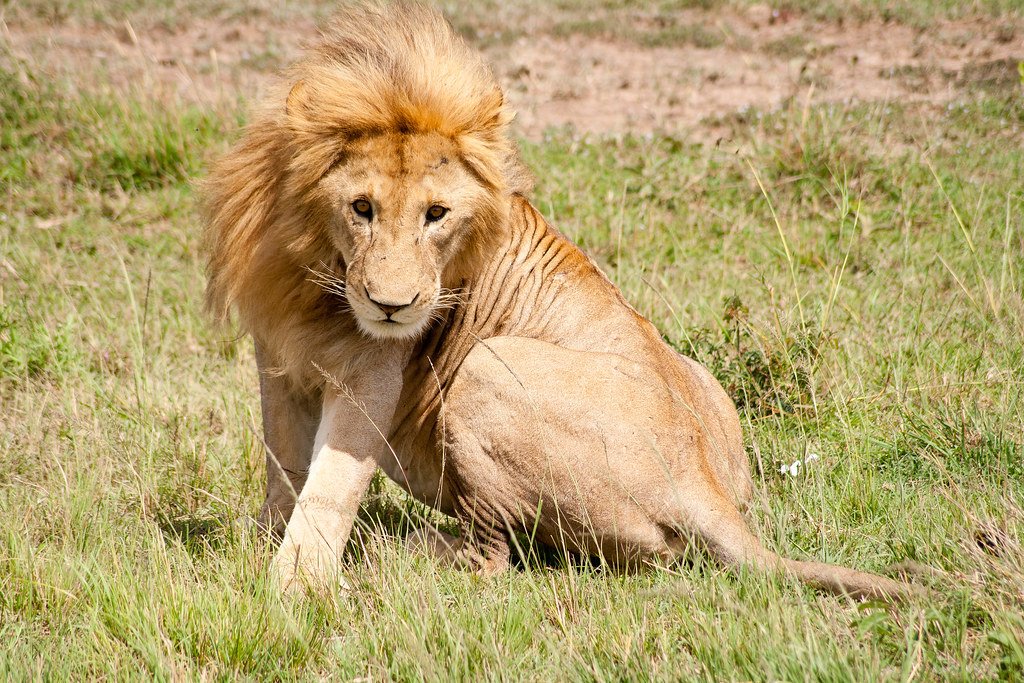
A roar is a loud vocalization that serves various purposes, such as marking territory, mating calls, and communication with other members of the species. In the big cat family, not all members can roar; only the “great cats” like lions, tigers, leopards, and jaguars possess this ability. Their roaring capability is largely attributed to their specific anatomical structures.
The Anatomical Marvel: The Hyoid Bone
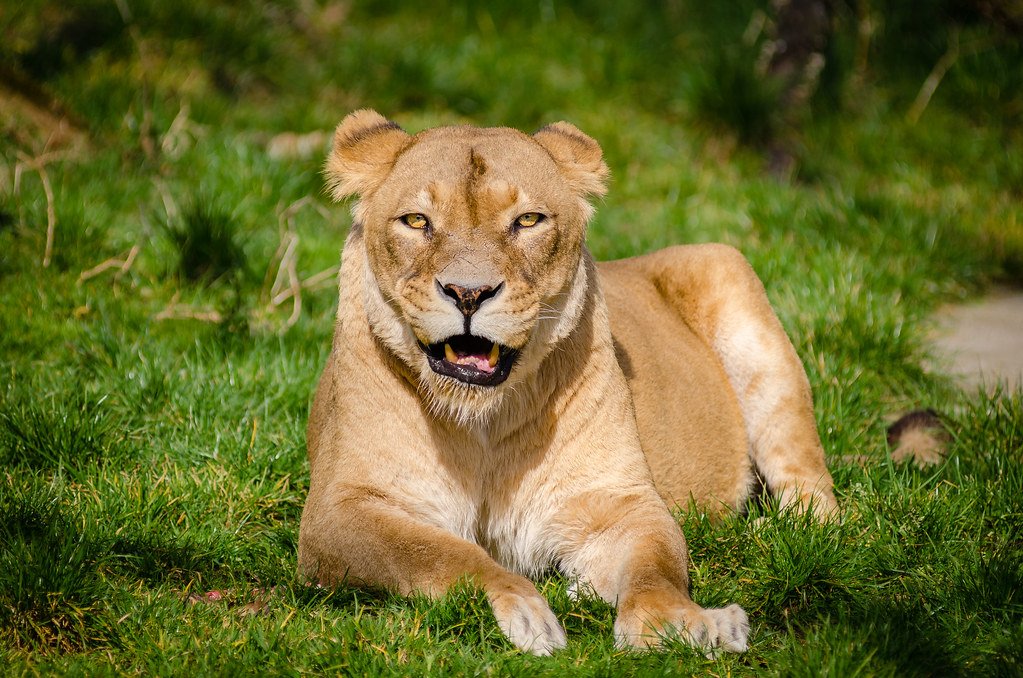
The secret to the roaring capability of big cats lies in their unique “hyoid bone” structure. In roaring cats, the hyoid is partly flexible due to the presence of a fibro-elastic ligament, unlike in smaller cats where it is totally ossified. This flexibility allows for a wider range of vocalizations, including the deep, resonating growl known as a roar.
Variations in Roaring: Comparing the Styles
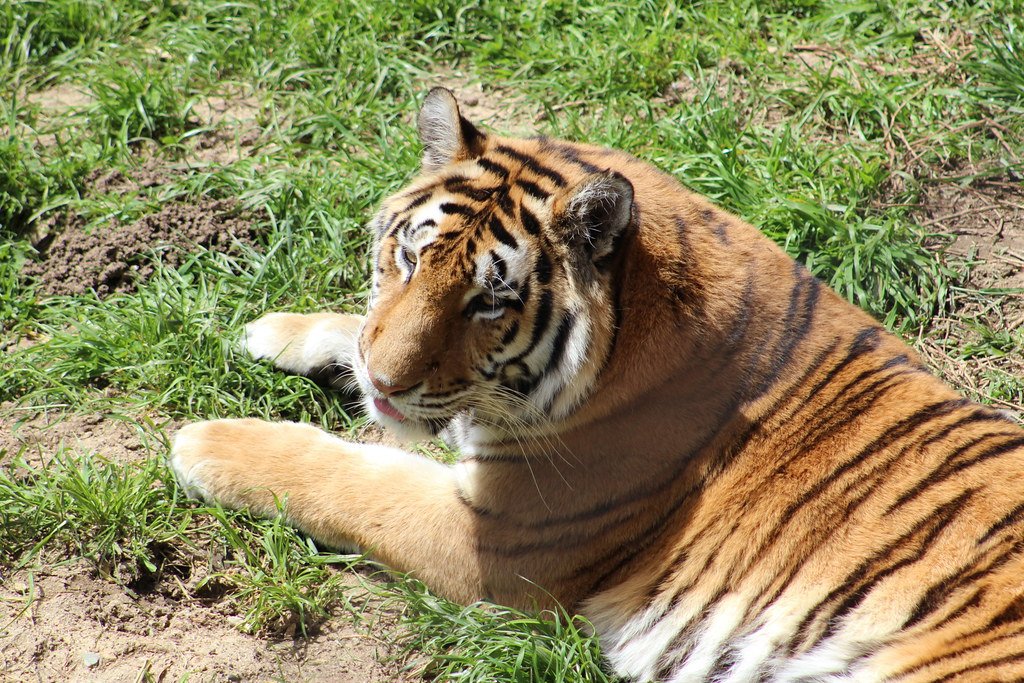
Each big cat species has a distinct roaring style influenced by a combination of evolutionary, environmental, and social factors. For instance, the lion’s roar is notoriously loud and can be heard up to five miles away – a necessity arising from their social, pride-based lifestyle. In contrast, the more solitary tiger’s roar, while powerful, is used primarily for asserting dominance and attracting mates.
The Role of Habitats and Ecological Niches
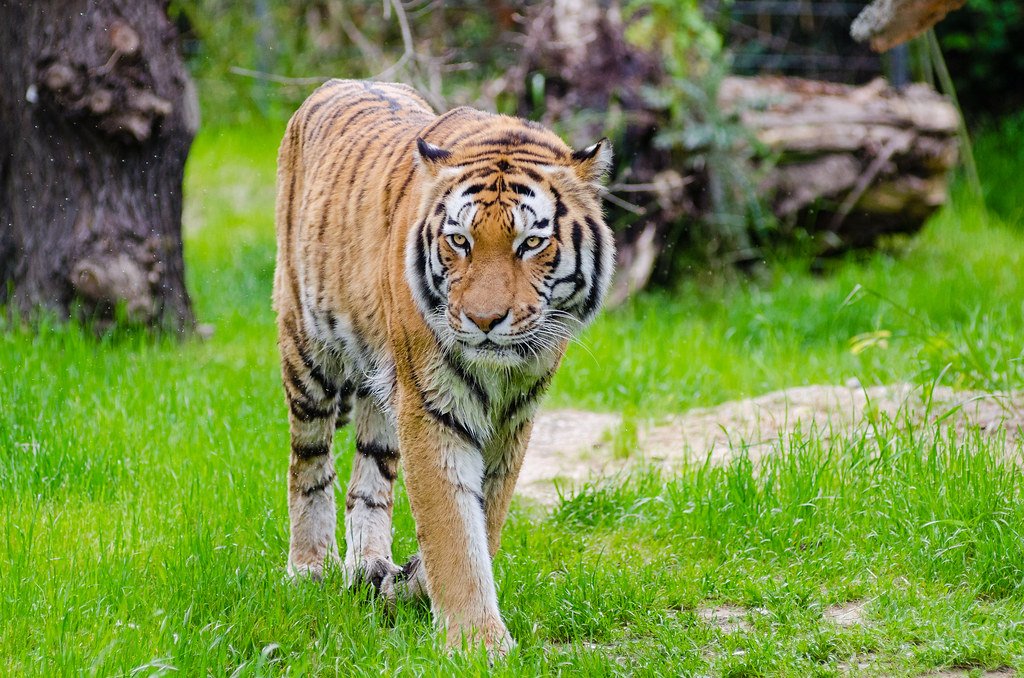
The different habitats in which big cats live have also shaped their roaring styles. Lions, primarily inhabiting the open savannas, rely on their roars to cover vast distances. Meanwhile, forest-dwelling tigers use their roars in dense jungles where sound does not carry as far, necessitating a different acoustic approach.
Evolutionary Perspectives on Roaring
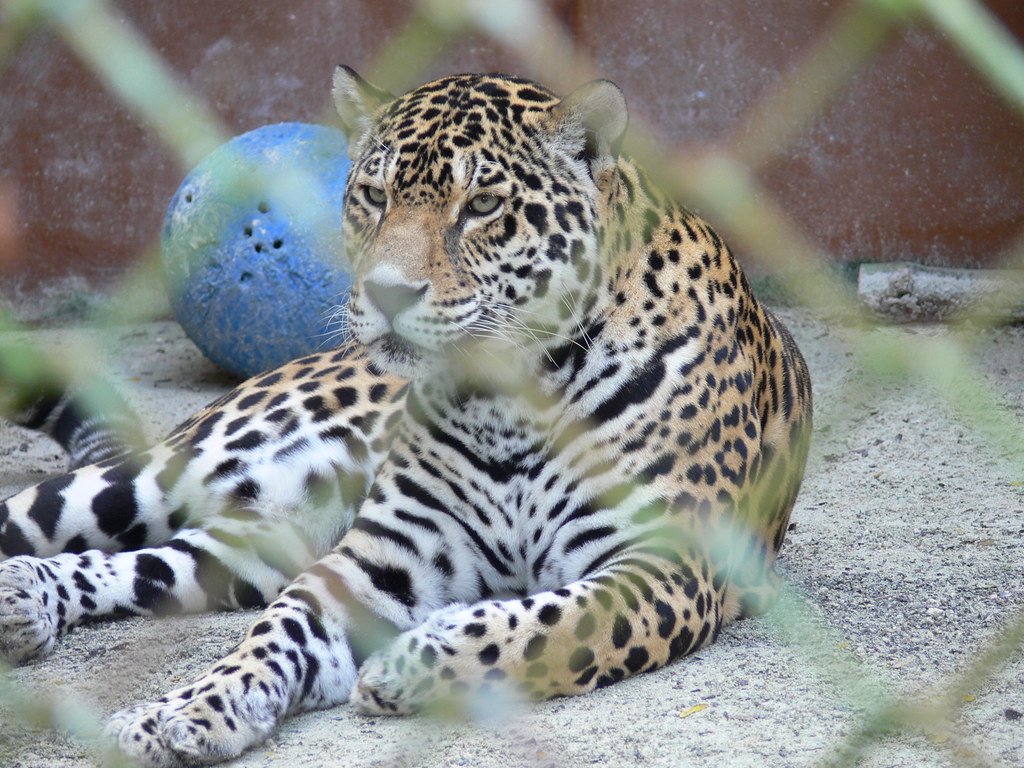
Over millions of years, evolutionary pressures have honed the vocal abilities of big cats, favoring adaptations that suit their respective environments and lifestyles. Differences in roaring styles can be tied back to their evolutionary history, where slight variations in hyoid structure and vocal cords evolved to meet ecological and social demands.
Communication and Social Structure
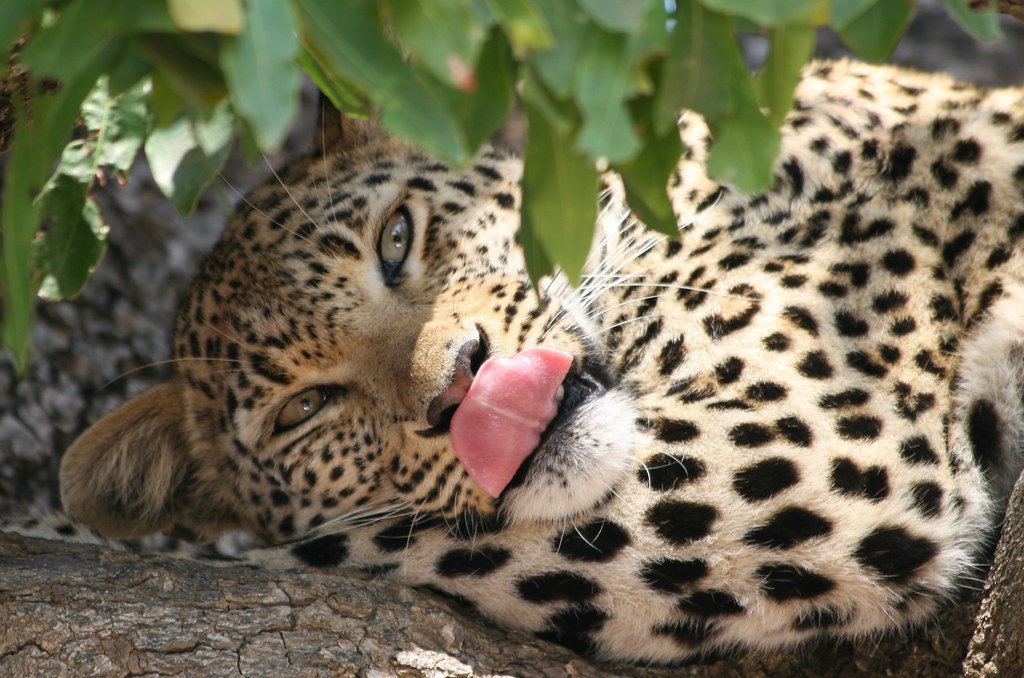
Roaring is a critical part of communication in big cats, reflecting their social structures and lifestyles. Lions, for example, often use their roars to maintain pride cohesion, identify individuals, and deter rival prides. Jaguars and leopards
Hi, I’m Bola, a passionate writer and creative strategist with a knack for crafting compelling content that educates, inspires, and connects. Over the years, I’ve honed my skills across various writing fields, including content creation, copywriting, online course development, and video scriptwriting.
When I’m not at my desk, you’ll find me exploring new ideas, reading books, or brainstorming creative ways to solve challenges. I believe that words have the power to transform, and I’m here to help you leverage that power for success.
Thanks for stopping by, Keep coming to this website to checkout new articles form me. You’d always love it!






